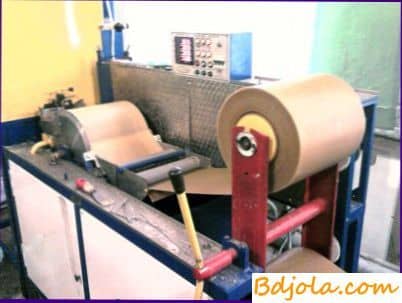Wax processing

But it is not enough just to collect wax raw materials. It is necessary to process it even in time for wax.
Normally rejected old dry land is re-heated 2-3 times per season. But the rest of the wax raw is even more perishable, especially the wax trim. It is exposed to wax moth, putrefaction, and can also be destroyed by mice, etc. Such waxy raw materials must be processed immediately, immediately after receipt. For this purpose, a solar wax-up is used.
The solar wax-up is the most important and essential accessory of every apiary point.
The solar wax-up of the most common construction is a box with an inclined top cover, into which glass is inserted. The front wall of the box is much lower than the back. Inside the box, a sheet of tinplate with bent edges is fixed in an inclined position, the so-called baking tray, on which wax raw is placed.
The voskotopka it is established with an inclination to the sun. The sun’s rays, passing through the glass, heat up the waxy raw materials; part of the wax contained in it becomes liquid and drains into the tin-trough contained in the box. As the trough is filled, the frozen wax is removed from it.
It should be pointed out that this voskotopka is not perfect enough. The temperature in it usually does not rise above 80-85 њ, and therefore a lot of wax remains in the processed wax raw materials (the so-called dross). Such a wax-up can process only wax raw materials of the 1st grade (for example, honeycombs from the building frames). Of scraps, and even more so from the cut out sections of old honeycomb with a drone brood, it almost does not heal wax. In days with an average cloudiness, it, in practice, can not re-heat wax raw materials.

Fig. The same solar wax-up. Frame with glass is raised; visible baking tray with waxy raw materials and trough, in which

Fig. Advanced solar wax-furnace design.
Features of the device of this voskotopki the following.
The side walls of the box are not parallel, but as it were deployed upwards, which ensures that there are no shadows that lower the temperature during operation. All walls of the same height consist of thick boards. The bottom is insulated.
The glazing is double; the distance between the panes is 4 cm. This ensures better heat preservation.
Inside the voskotopki all its parts are painted black, which contributes to better accumulation of heat. Painting of parts with which waxy raw materials may come in contact must be made with alcohol varnish or spirit ink (and not with oil paint).
The voskotopka rather small. At a length of 75-80 cm and a width of 60-65 cm has a depth of not more than 8-9 cm, which also contributes to the increase in temperature in it.
When the rotation of the wax-up to the sun changes simultaneously, according to its height above the horizon, and the angle of inclination of the wax-up; The rays of the sun fall steeply in relation to the glass. This is achieved in this way. In front of the box of the voskotopki with hinges attached a swivel board with a hole, and behind the drawer a fixed stand is fixed. The swivel board is put on the pin of the peg, dug into the ground. When rotating the voskotopki horizontally, its stand can become a small groove of variable depth (in the daytime), then leave it (in the morning and in the evening), than the angle of inclination of the wax-up changes so that the rays of the sun, falling on the glass vertically, easily pass through them and are better used.
Such a wax-up is more productive than ordinary, having the same dimensions, 3-5 times. She can peretopit a day a lot of waxy raw materials and sip the appropriate amount of wax. Its performance on a fine day is much higher than the amount of waxy raw materials that can be collected by a beekeeper per day.
To use such a wax-up is simple, easy and convenient. In the struggle to get the most wax in the apiary, it is very important. At present, this wax-up is widely distributed in apiaries.
Wax processing
